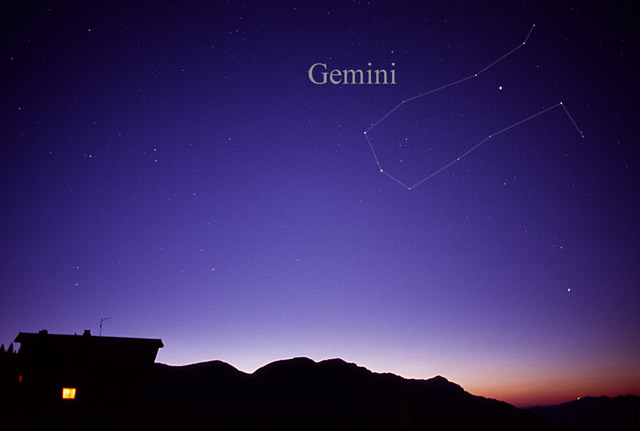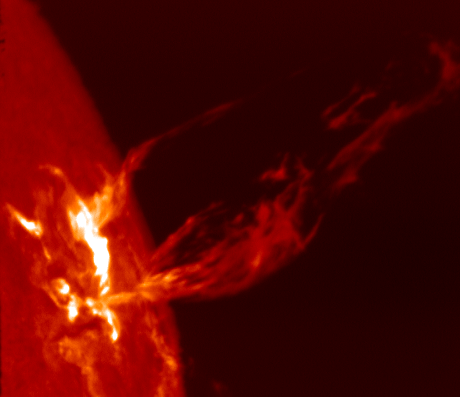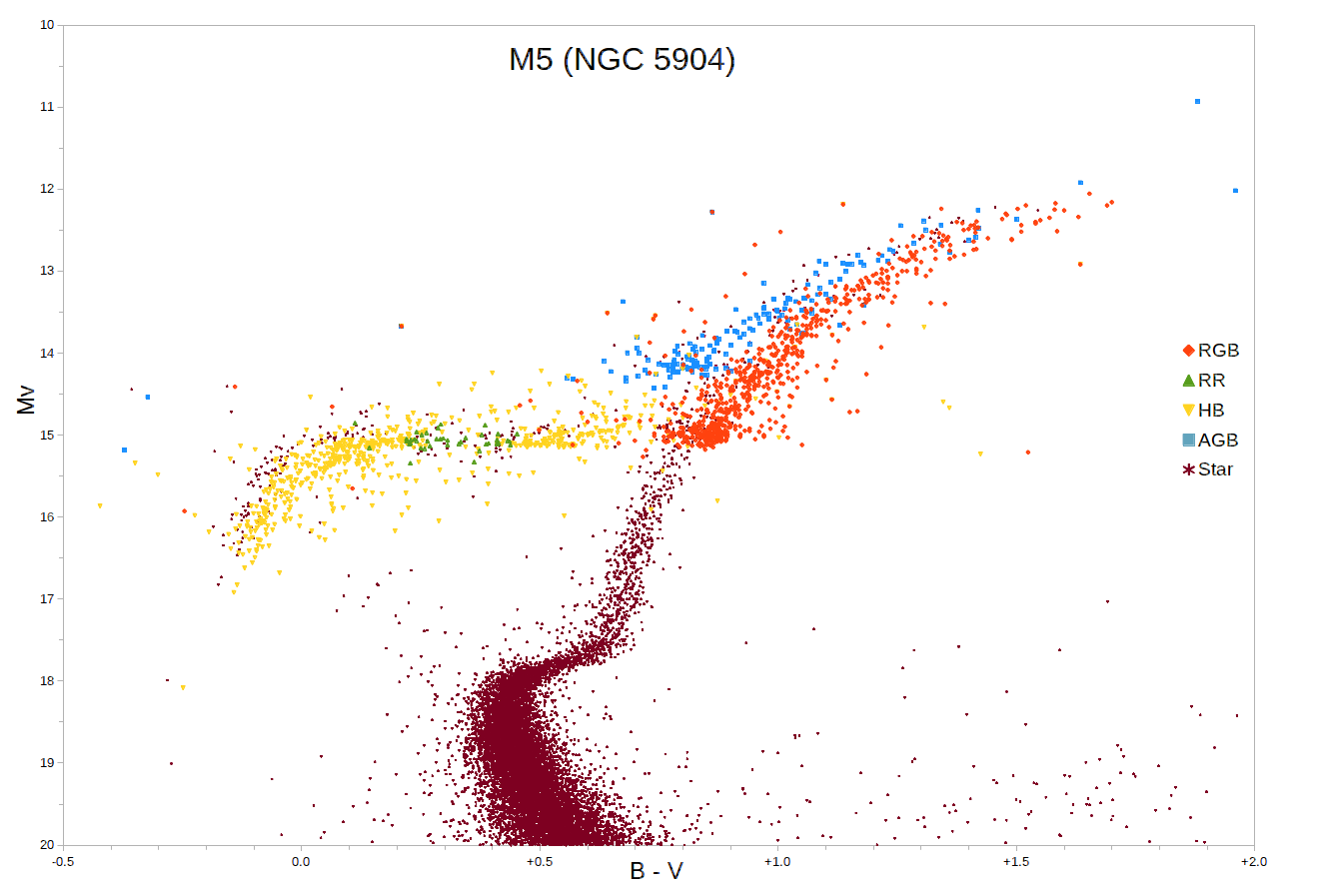|
Mebsuta
Epsilon Geminorum or ε Geminorum, formally named Mebsuta , is a star in the constellation of Gemini, on the outstretched right 'leg' of the twin Castor. The apparent visual magnitude of +3.06 makes it one of the brighter stars in this constellation. The distance to this star can be determined by parallax measurements, giving a value of , with a margin of error of . Nomenclature ''ε Geminorum'' ( Latinised to ''Epsilon Geminorum'') is the star's Bayer designation. It bore the traditional names ''Mebsuta'', ''Melboula'' or ''Melucta''. ''Mebsuta'' has its roots in ancient Arabic where it and the star Mekbuda (Zeta Geminorum) were the paws of a lion. ''Mebsuta'' ('Mabsūṭah' مبسوطة) comes from a phrase referring to the outstretched paw. In 2016, the International Astronomical Union organized a Working Group on Star Names (WGSN) to catalog and standardize proper names for stars. The WGSN's first bulletin of July 2016 included a table of the first two batches of n ... [...More Info...] [...Related Items...] OR: [Wikipedia] [Google] [Baidu] |
Gemini (constellation)
Gemini is one of the constellations of the zodiac and is located in the northern celestial hemisphere. It was one of the 48 constellations described by the 2nd century AD astronomer Ptolemy, and it remains one of the 88 modern constellations today. Its name is Latin for ''twins'', and it is associated with the twins Castor and Pollux in Greek mythology. Its old astronomical symbol is (♊︎). Location Gemini lies between Taurus to the west and Cancer to the east, with Auriga and Lynx to the north, Monoceros and Canis Minor to the south and Orion to the south-west. In classical antiquity, Cancer was the location of the Sun on the first day of summer (June 21). During the first century AD, axial precession shifted it into Gemini. In 1990, the location of the Sun on the first day of summer moved from Gemini into Taurus, where it will remain until the 27th century AD and then move into Aries. The Sun will move through Gemini from June 21 to July 20 through 2062. Gemi ... [...More Info...] [...Related Items...] OR: [Wikipedia] [Google] [Baidu] |
List Of Stars In Gemini
This is the list of notable star A star is an astronomical object comprising a luminous spheroid of plasma held together by its gravity. The nearest star to Earth is the Sun. Many other stars are visible to the naked eye at night, but their immense distances from Earth make ...s in the constellation Gemini, sorted by decreasing brightness. See also * List of stars by constellation References * * * * {{DEFAULTSORT:List of stars in Gemini *List Gemini ... [...More Info...] [...Related Items...] OR: [Wikipedia] [Google] [Baidu] |
Zeta Geminorum
Zeta Geminorum (ζ Geminorum, abbreviated Zeta Gem, ζ Gem) is a bright star with cluster components, distant optical components and a likely spectroscopic partner in the zodiac constellation of Gemini — in its south, on the left 'leg' of the twin Pollux. It is a classical Cepheid variable star, of which over 800 have been found in our galaxy. As such its regular pulsation and luminosity (proven in its class to correspond) and its relative proximity means the star is a useful calibrator in computing the cosmic distance ladder. Based on parallax measurements, it is approximately 1,200 light-years from the Sun. Zeta Geminorum is the primary or 'A' component of a multiple star system designated WDS J07041+2034. It bears traditional name Mekbuda, usually anglicised to . Nomenclature ''ζ Geminorum'' ( Latinised to ''Zeta Geminorum'') is the star's Bayer designation. WDS J07041+2034 A is its designation in the Washington Double Star Catalog. The designations of the ... [...More Info...] [...Related Items...] OR: [Wikipedia] [Google] [Baidu] |
Gamma Geminorum
Gamma Geminorum (γ Geminorum, abbreviated Gamma Gem, γ Gem), formally named Alhena , is the third-brightest object in the constellation of Gemini. It has an apparent visual magnitude of 1.9, making it easily visible to the naked eye even in urban regions. Based upon parallax measurements with the Hipparcos satellite, it is located at a distance of roughly from the Sun. Properties Alhena is an evolving star that is exhausting the supply of hydrogen at its core and has entered the subgiant stage. The spectrum matches a stellar classification of A0 IV. Compared to the Sun it has 2.8 times the mass and 3.3 times the radius. It is radiating around 123 times the luminosity of the Sun from its outer envelope at an effective temperature of 9,260 K. This gives it a white hue typical of an A-class star. Alhena is a spectroscopic binary system with a period of 12.6 years (4,614.51 days) in a highly eccentric Keplerian orbit. The secondary, with 1.07 times t ... [...More Info...] [...Related Items...] OR: [Wikipedia] [Google] [Baidu] |
Convection Zone
A convection zone, convective zone or convective region of a star is a layer which is unstable due to convection. Energy is primarily or partially transported by convection in such a region. In a radiation zone, energy is transported by radiation and conduction. Stellar convection consists of mass movement of plasma within the star which usually forms a circular convection current with the heated plasma ascending and the cooled plasma descending. The Schwarzschild criterion expresses the conditions under which a region of a star is unstable to convection. A parcel of gas that rises slightly will find itself in an environment of lower pressure than the one it came from. As a result, the parcel will expand and cool. If the rising parcel cools to a lower temperature than its new surroundings, so that it has a higher density than the surrounding gas, then its lack of buoyancy will cause it to sink back to where it came from. However, if the temperature gradient is steep enough (i. ... [...More Info...] [...Related Items...] OR: [Wikipedia] [Google] [Baidu] |
Gauss (unit)
The gauss, symbol (sometimes Gs), is a unit of measurement of magnetic induction, also known as '' magnetic flux density''. The unit is part of the Gaussian system of units, which inherited it from the older CGS-EMU system. It was named after the German mathematician and physicist Carl Friedrich Gauss in 1936. One gauss is defined as one maxwell per square centimetre. As the cgs system has been superseded by the International System of Units (SI), the use of the gauss has been deprecated by the standards bodies, but is still regularly used in various subfields of science. The SI unit for magnetic flux density is the tesla (symbol T), which corresponds to . Name, symbol, and metric prefixes Albeit not a component of the International System of Units, the usage of the gauss generally follows the rules for SI units. Since the name is derived from a person's name, its symbol is the uppercase letter ''G''. When the unit is spelled out, it is written in lowercase ("gauss"), unles ... [...More Info...] [...Related Items...] OR: [Wikipedia] [Google] [Baidu] |
Stellar Magnetic Field
A stellar magnetic field is a magnetic field generated by the motion of conductive plasma inside a star. This motion is created through convection, which is a form of energy transport involving the physical movement of material. A localized magnetic field exerts a force on the plasma, effectively increasing the pressure without a comparable gain in density. As a result, the magnetized region rises relative to the remainder of the plasma, until it reaches the star's photosphere. This creates starspots on the surface, and the related phenomenon of coronal loops. Measurement The magnetic field of a star can be measured by means of the Zeeman effect. Normally the atoms in a star's atmosphere will absorb certain frequencies of energy in the electromagnetic spectrum, producing characteristic dark absorption lines in the spectrum. When the atoms are within a magnetic field, however, these lines become split into multiple, closely spaced lines. The energy also becomes polarized with ... [...More Info...] [...Related Items...] OR: [Wikipedia] [Google] [Baidu] |
Effective Temperature
The effective temperature of a body such as a star or planet is the temperature of a black body that would emit the same total amount of electromagnetic radiation. Effective temperature is often used as an estimate of a body's surface temperature when the body's emissivity curve (as a function of wavelength) is not known. When the star's or planet's net emissivity in the relevant wavelength band is less than unity (less than that of a black body), the actual temperature of the body will be higher than the effective temperature. The net emissivity may be low due to surface or atmospheric properties, including greenhouse effect. Star The effective temperature of a star is the temperature of a black body with the same luminosity per ''surface area'' () as the star and is defined according to the Stefan–Boltzmann law . Notice that the total ( bolometric) luminosity of a star is then , where is the stellar radius. The definition of the stellar radius is obviously not stra ... [...More Info...] [...Related Items...] OR: [Wikipedia] [Google] [Baidu] |
Asymptotic Giant Branch
The asymptotic giant branch (AGB) is a region of the Hertzsprung–Russell diagram populated by evolved cool luminous stars. This is a period of stellar evolution undertaken by all low- to intermediate-mass stars (about 0.5 to 8 solar masses) late in their lives. Observationally, an asymptotic-giant-branch star will appear as a bright red giant with a luminosity ranging up to thousands of times greater than the Sun. Its interior structure is characterized by a central and largely inert core of carbon and oxygen, a shell where helium is undergoing fusion to form carbon (known as helium burning), another shell where hydrogen is undergoing fusion forming helium (known as hydrogen burning), and a very large envelope of material of composition similar to main-sequence stars (except in the case of carbon stars). Stellar evolution When a star exhausts the supply of hydrogen by nuclear fusion processes in its core, the core contracts and its temperature increases, causing the out ... [...More Info...] [...Related Items...] OR: [Wikipedia] [Google] [Baidu] |
Supergiant Star
Supergiants are among the most massive and most luminous stars. Supergiant stars occupy the top region of the Hertzsprung–Russell diagram with absolute visual magnitudes between about −3 and −8. The temperature range of supergiant stars spans from about 3,400 K to over 20,000 K. Definition The title supergiant, as applied to a star, does not have a single concrete definition. The term ''giant star'' was first coined by Hertzsprung when it became apparent that the majority of stars fell into two distinct regions of the Hertzsprung–Russell diagram. One region contained larger and more luminous stars of spectral types A to M and received the name ''giant''. Subsequently, as they lacked any measurable parallax, it became apparent that some of these stars were significantly larger and more luminous than the bulk, and the term ''super-giant'' arose, quickly adopted as ''supergiant''. Spectral luminosity class Supergiant stars can be identified on the basis of thei ... [...More Info...] [...Related Items...] OR: [Wikipedia] [Google] [Baidu] |
Luminosity Class
In astronomy, stellar classification is the classification of stars based on their spectral characteristics. Electromagnetic radiation from the star is analyzed by splitting it with a prism or diffraction grating into a spectrum exhibiting the rainbow of colors interspersed with spectral lines. Each line indicates a particular chemical element or molecule, with the line strength indicating the abundance of that element. The strengths of the different spectral lines vary mainly due to the temperature of the photosphere, although in some cases there are true abundance differences. The ''spectral class'' of a star is a short code primarily summarizing the ionization state, giving an objective measure of the photosphere's temperature. Most stars are currently classified under the Morgan–Keenan (MK) system using the letters ''O'', ''B'', ''A'', ''F'', ''G'', ''K'', and ''M'', a sequence from the hottest (''O'' type) to the coolest (''M'' type). Each letter class is then subdivide ... [...More Info...] [...Related Items...] OR: [Wikipedia] [Google] [Baidu] |


.jpg)



